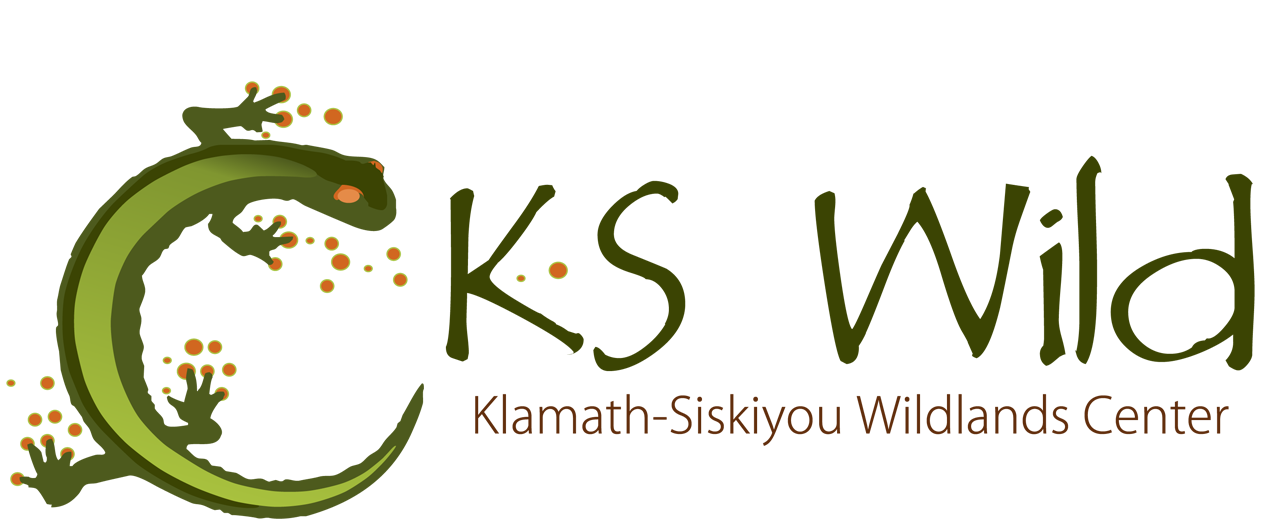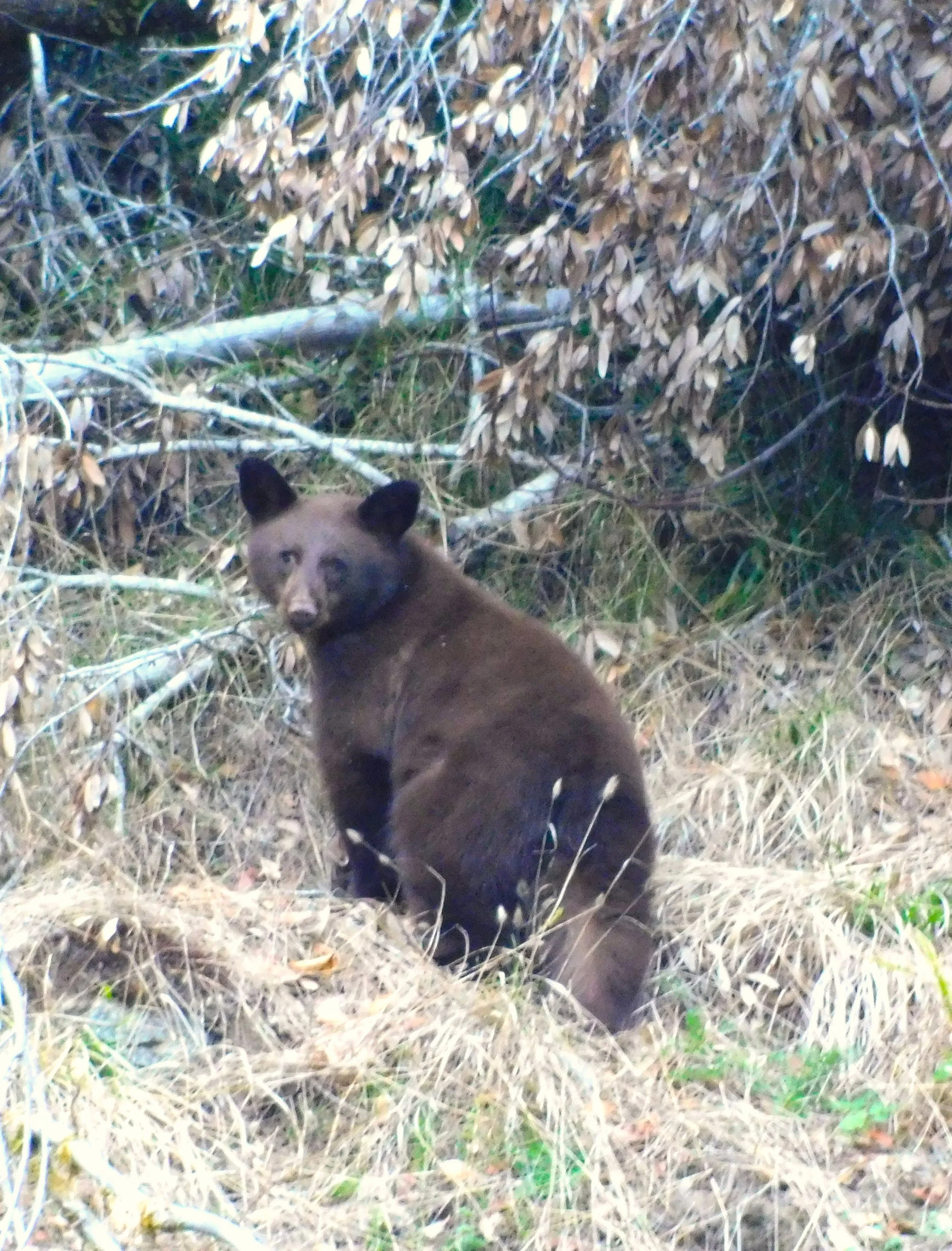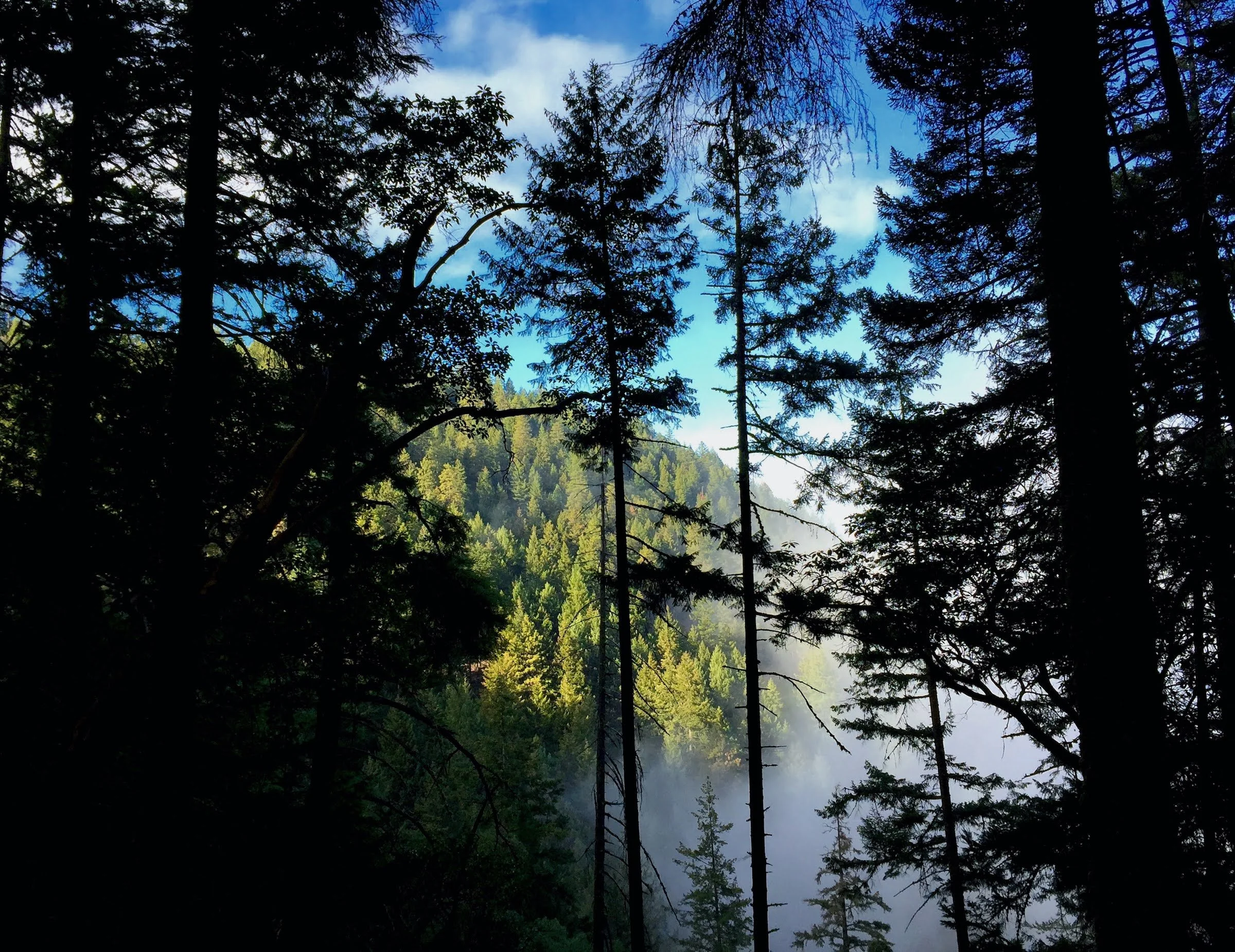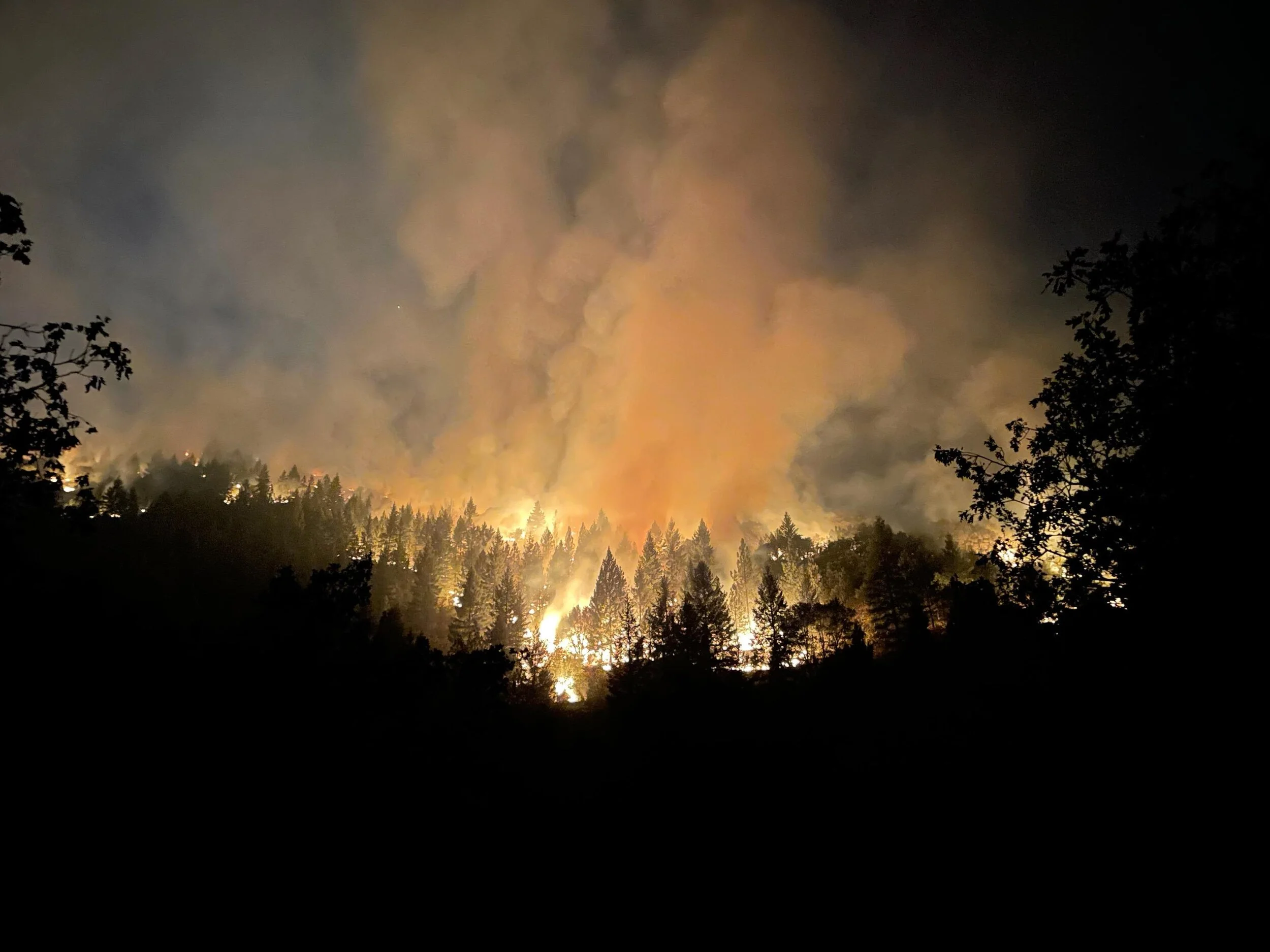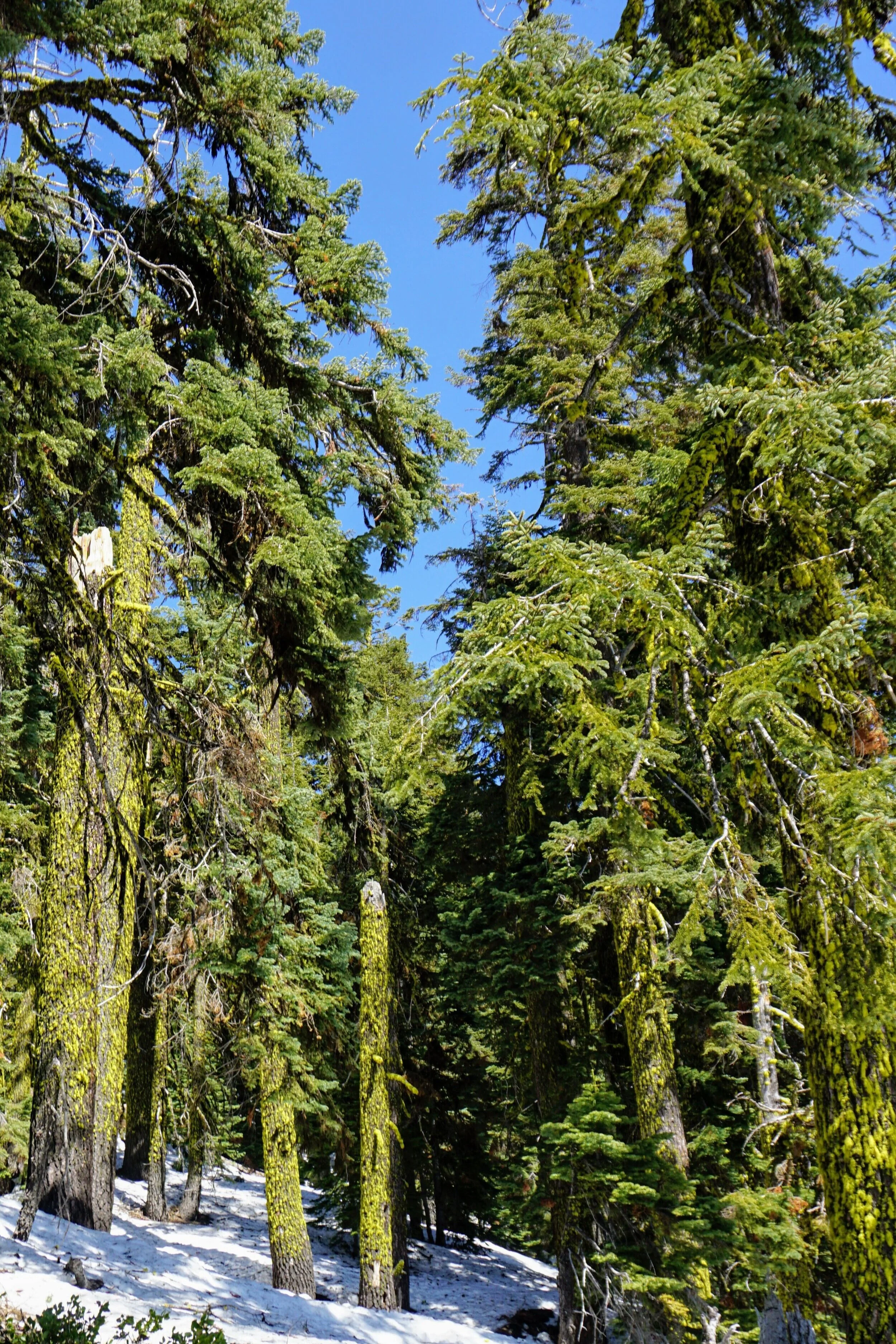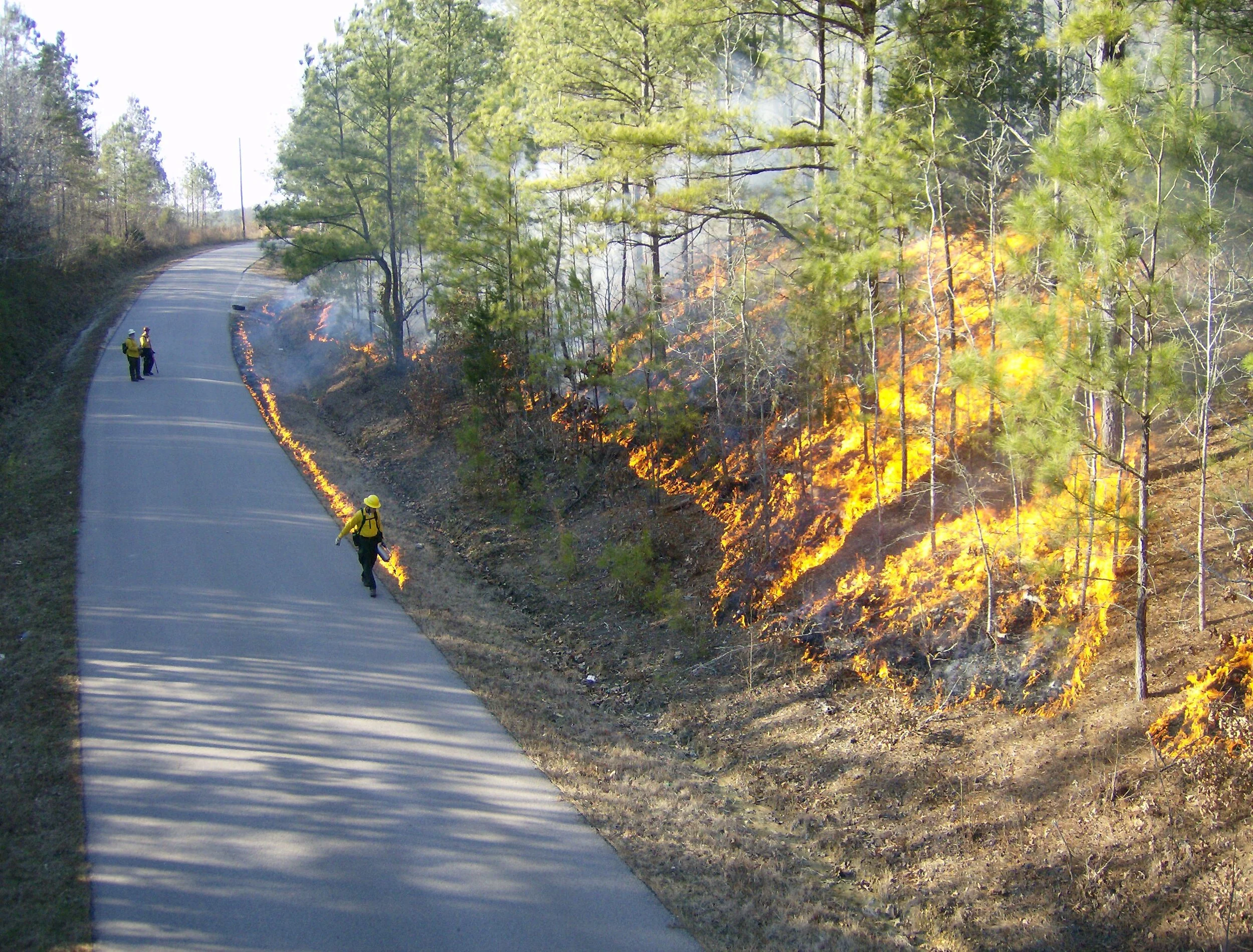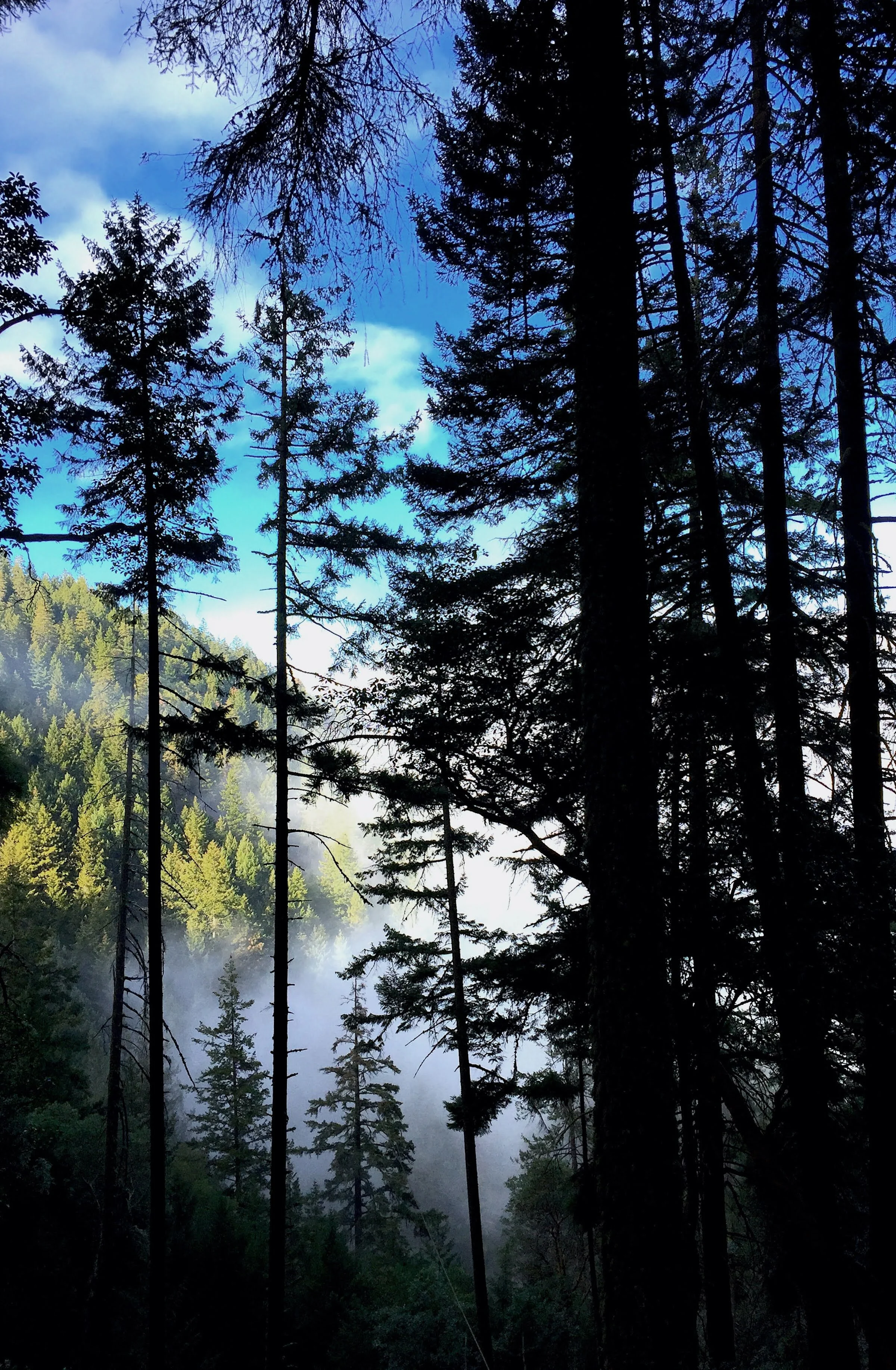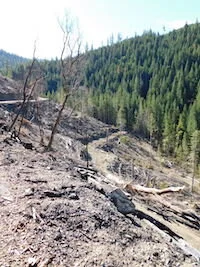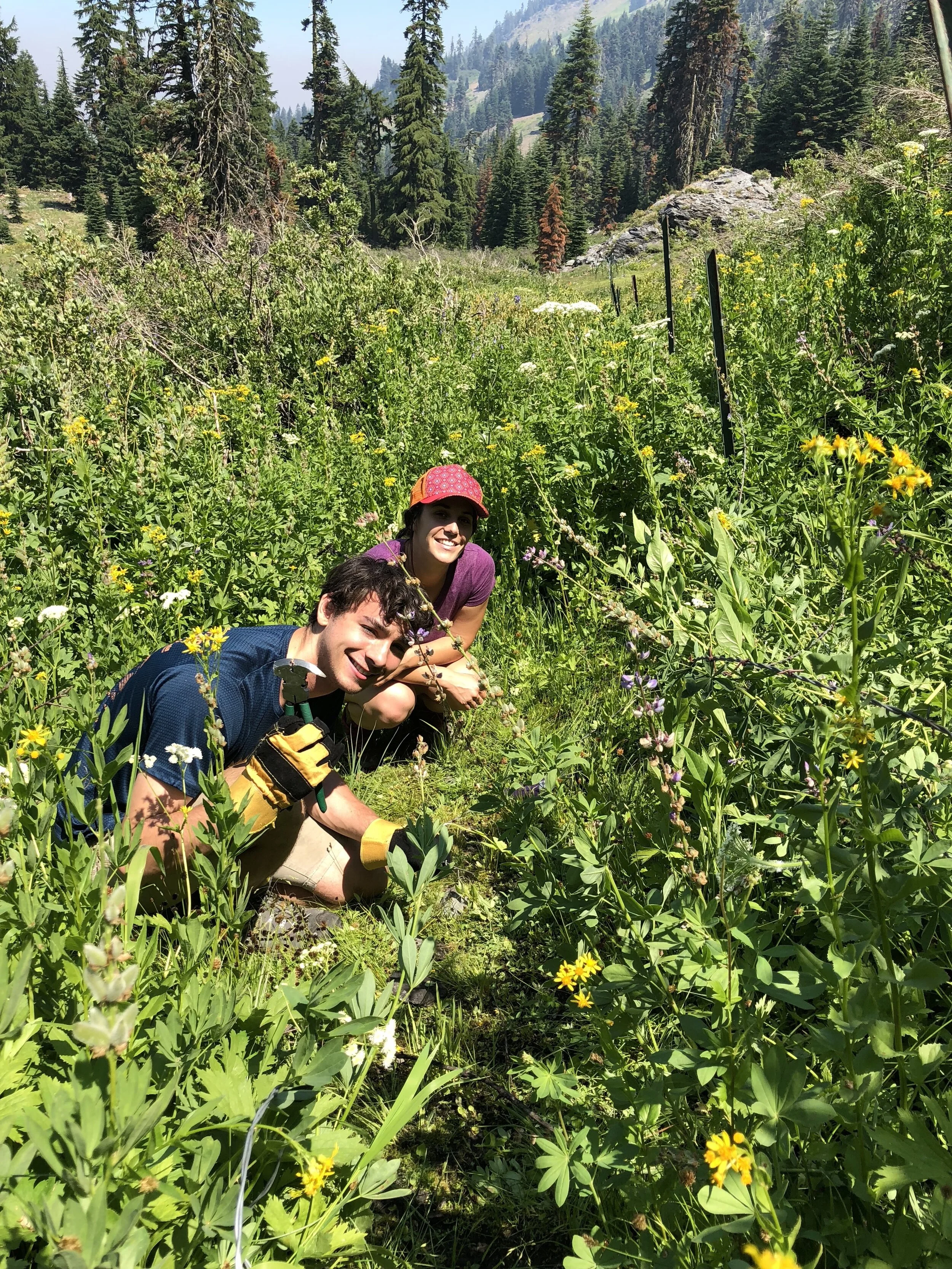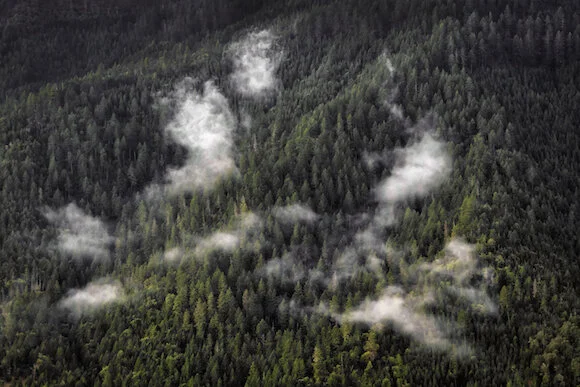"Integrated Vegetation Management for Resilient Lands" (IVM) sure sounds great doesn't it? Unfortunately, those flowery words are agency-speak for logging old-growth forest reserves down to 30% canopy cover and creating four-acre mini-clearcuts across the landscape in southwestern Oregon.
Read MoreAmerica’s road network, as currently designed, is a major impediment to wildlife migration. The passage of HB 4130-1 in the legislature this year is particularly important to the prospect of building wildlife crossing in our region. Read more about KS Wild’s work as a partner in the Southern Oregon Wildlife Crossing Coalition (SOWCC), focusing on improved wildlife passages on Interstate 5 between Ashland and the California state line along the Siskiyou Crest.
Read MoreAfter nearly a year of negotiations, an agreement over new rules for the Oregon Forest Practices Act has been reached between timber and environmental groups to overhaul management of 10 million acres of private forestlands in Oregon. These changes will update Oregon's forest practice laws and provide significant new protections for our imperiled salmon, recreational and commercial fisheries, and for the communities that rely on these resources.
Read MoreWhile Senators and the White House determine a path forward on infrastructure and other climate-related bills, efforts to expand protections for wildlands and wildlife continue on the side with Senator Ron Wyden and Senator Jeff Merkley of Oregon.
Read MoreIn order to adapt to climate change and increased wildfire severity, we need new policies based on climate adaptation for both our communities and our landscapes. While much more needs to be done, as a result of engaged and vocal residents, some of our elected officials are taking action. Here is a rundown of the actions being considered and taken by political leaders at the local, state and federal levels that could help us adapt to the increased risk of wildfire.
Read MoreAs a part of KS Wild’s efforts to advance natural solutions to climate change, we are advocating for the recovery of beaver. These aquatic rodents are a keystone species—their life cycle allows other species to thrive—and their natural dams help native fish and other species adapt to climate change.
Read MoreA guest post from Tate Oliva, the Climate Program Youth Science Intern this past winter. Through Tate’s internship, she learned how climate change is effecting the ecosystems of the Klamath-Siskiyou. Combining her passion for photography and being outdoors in nature, Tate captured photographs of the many ecosystems in the area to be used in KS Wild’s climate smart advocacy, which aims to address how climate-smart conservation practices can be applied in the region.
Read MoreIn early April, KS Wild staff members were invited to a community prescribed burn located in the Applegate Valley. This burn was put together by professional wildland firefighters, curious community members, and volunteers. With fire season right around the corner, this was a great opportunity to learn how to prepare your property for wildfire.
Read MoreKS Wild applauds the Biden administration for taking concrete steps to begin addressing the impacts of climate change on our communities and public lands.
Read MoreAs part of a team working on a state-wide effort to update Oregon forest practices through a historic agreement with the timber industry, KS Wild and Rogue Riverkeeper are working to fight clearcut logging that leaves behind flammable logging slash, causes sediment that fills salmon streams, and minimizes forest carbon storage that contributes to climate change.
Read MoreThis past summer and fall, KS Wild staff along with a few volunteers were hard at work conserving and protecting two of our favorite botanical areas and places of deep concern: Eight Dollar Mountain in the Illinois Valley and Alex Hole on the Siskiyou Crest. These two areas are rich in botanical biodiversity, and also threatened by poor management and misuse. Our dedicated team of volunteers and staffers have been working on restoration projects at both sites.
Read MoreIn Congress, several bills have been introduced to respond to the current fires burning in the West. Read a summary of the bills and find out how KS Wild ranks them for effective fire management policy.
Read MoreIn the next weeks and months as local communities begin the long process of rebuilding, the Rogue Riverkeeper team will shift our focus to ways we can help minimize harmful impacts of these fires on Bear Creek and the Rogue River.
Read MoreThe State of Oregon needs to outline steps to reduce climate change pollution and promote carbon storage in forests. We are asking that the Oregon Global Warming Commission step in and work with ODF to craft realistic solutions to climate change. ODF and the Commission need to begin a science-based process to reform Oregon's forest practices to store more carbon, protect water quality, and prevent pollution.
Read MoreKS Wild partners with the Forest Service and local community members to protect and defend the natural resources of the Eight Dollar Mountain and Days Gulch botanical areas, which are nestled on the edge of the Kalmiopsis Wilderness and along the Wild & Scenic Illinois River.
Read MoreThe U.S. Forest Service is beginning an update of the 1994 Northwest Forest Plan that will lead to new forest plans for our region. These new forest plans will significantly impact our region, defining how nearly 8 million acres of national forest in our region will be managed into the future. KS Wild will be engaging in these new plans—with several forest plans in the Klamath-Siskiyou set to be the first out the gates.
Read MoreFifty years ago today, on April 22, 1970, millions of people took to the streets across the country to observe the very first Earth Day. That first Earth Day wasn’t a celebration, it was a historical moment of collective action, bringing together peace activists and environmental advocates, all of whom were speaking out to demand justice for the planet and all who call it home.
Read MoreMuch of the Bear Grub timber sale is located in the so-called “harvest land base” where the BLM has directed itself to log regardless of the impacts to neighbors, wildlife, or watersheds.
Read MoreIn 2019, KS Wild volunteers made Oregon’s Klamath-Siskiyou region wilder and healthier in a myriad of ways. Their spectacular progress over the course of this year raises the bar for what a group of dedicated volunteers and partner organizations can accomplish together.
Read MoreTo be the eyes and ears of public lands defense requires KS Wild’s ForestWatch staff to be diligent in how we approach the scope of our work. Read about our plans for 2020, which defending public lands in a number of vital ways.
Read More